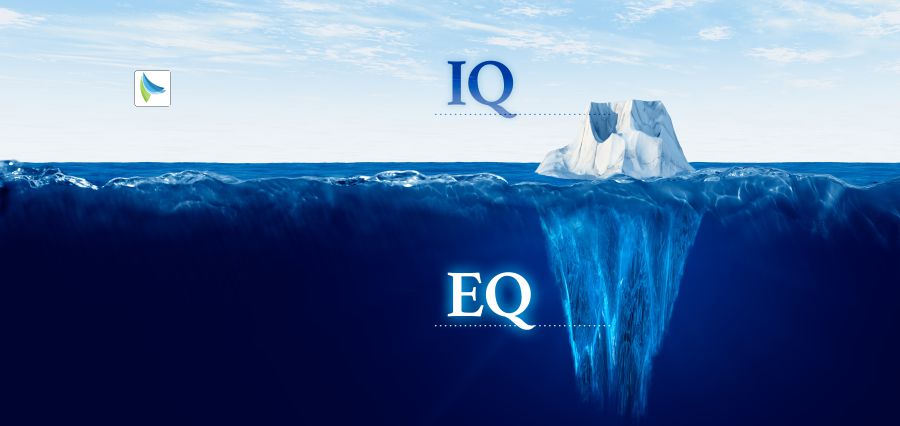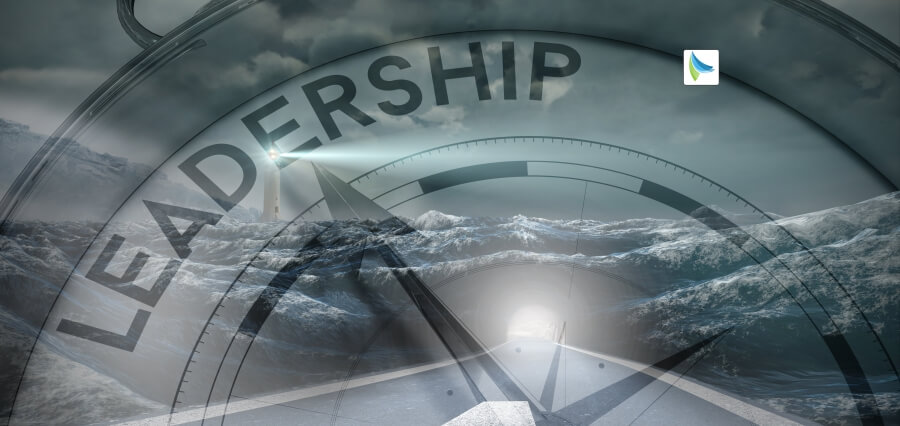With a more dynamic world, the skills to steer vision, determination, and wisdom are never more critical. With firms confronted by technology disruption, climate change, changing patterns of labor, and doubt regarding globalization, the part of strategic leadership is evolving. It is no longer just about ruling over the now but imagining the future.
To remain significant and useful, leaders must build a new set of abilities that suit the next decade’s needs.
-
Visionary Thinking Coupled with Adaptive Execution
The essence of strategic leadership is future vision power. However, vision without execution is not enough. Strategic leaders must superimpose foresight with execution flexibility mapping long-term vision into executable strategy while responsive to evolving circumstances. What it calls for is being at ease with ambiguity, running an experimentation culture, and being open to course corrections as new intelligence rolls in.
For example, firms such as Tesla and Amazon have demonstrated the way in which new ideas combined with good action can transform industries. Future strategic leaders will need to do more than chart bold courses; they will need to construct sturdy systems that will endure complexity.
-
Digital Fluency and Technological Insight
Future strategic leadership will be characterized by the synergy of a leader and technology. From blockchain to AI, digital transformation is not an operational issue, it’s a strategic necessity. Leaders don’t have to be developers, but they should know how new technologies influence their business models, customer needs, and organizational culture.
Besides that, digital literacy enables leaders to make evidence-based decisions, drive innovation, and stay ahead of the competition in a digitally-first economy. Alignment of digital investment strategy with business strategy will be one of the hallmark characteristics of successful strategic leadership in the 2030s.
-
Human-Centric Leadership and Emotional Intelligence
As the world becomes more digital, the human side of leadership will be even more critical. Strategic leadership in the future decade will depend on emotional intelligence, empathy, and genuineness. With diverse workforces and virtual working becoming more common, leaders will need to communicate with individuals across cultures, generations, and geographies.
This skill is all about listening deeply, resolving conflict constructively, and building psychological safety. A people-first approach will propel employee engagement, innovation, and retention—key drivers of long-term strategic development.
-
Global and Cultural Agility
Globalization itself is evolving, driven by shifts in geopolitics, environmental issues, and economic uncertainty. Strategic leadership is navigating these changes with cultural awareness and a broad mind. Leaders need to think globally but act locally—developing strategies for various markets while keeping themselves anchored to the organization’s higher purpose.
Embedding cultural agility requires putting together diverse leadership teams and making sense of how practices, beliefs, and values shape decision-making. People who establish inclusive cultures will be best positioned to unlock the potential of diverse thinking.
-
Sustainability and Ethical Foresight
As the world expects more from responsible businesses, strategic leadership will be needed to bring environmental, social, and governance (ESG) consideration into the business strategy’s very heart. The future decade will richly reward leaders who are both competent at balancing profit and purpose, and innovation and impact.
Vision for values being able to anticipate and respond to expectations from society in the future will be a competitive advantage. Stakeholders such as investors, employees, and customers are more and more clustering around organizations that have open, value-based leadership.
-
Joint Influence and Stakeholder Engagement
Top-down leadership days are over. Strategic leadership, on the other hand, is influence, not power. Leaders need to create trust ecosystems—collaborating with partners, communities, governments, and even competitors to shared purpose.
That entails becoming adept at narrative, coalition formation, and management of multiple expectations from stakeholders. Communications, negotiation, and reframing issues so that others are engaged to align are all at the core of this competency.
-
Resilience and Crisis Leadership
If the COVID-19 pandemic taught us anything, it’s that the only certainty is uncertainty. Future-ready strategic leadership entails the construction of organizational resilience and the display of personal strength in the midst of adversity.
Resilient leaders foresee risks, create adaptable frameworks, and guide with tranquility and clarity in times of turmoil. They learn from mistakes and exhibit behaviors that facilitate their teams to bounce back speedily and increase their strength.
-
Leadership Development and Lifelong Learning
The speed of change makes yesterday’s answers unnecessary to today’s questions, and tomorrow’s questions remain unanswered. Strategic leaders will need to become lifelong learners—committed, receptive, and active in shaping themselves. Creating growth mindsets among their people and organisations is no less important.
They have to look from various vantage points, follow world trends, and invest in learning spaces that spur innovation. In short, the future leaders are ones who do not stop changing.
Final Thoughts: Navigating the Future through Strategic Leadership
The coming decade is not only one of riding out disruption—it’s one of creating it. Strategic leadership is not an indulgence, but the power that will propel organizations through complexity, innovation, and transformation. By cultivating the appropriate capabilities—digital acumen to emotional intelligence and ethical awareness—leaders can mobilize their organizations to succeed in a world of perpetual change.
The path forward requires boldness, creativity, and cooperation. But those who move forward will not only lead—they will inspire. And in inspiring others, they will reframe what it means to be a 21st-century strategic leader.
Read More: Digital Transformation as a Catalyst for Women Entrepreneurship in the Post-Pandemic Era











